
Meet Rémi Senal
On the occasion of the French Full Contact Championships, we interviewed Rémi Senal, a fan of STIMCARE products.
Free delivery on orders above €150
With the arrival of spring, many people are thinking of getting back into running, cycling or any other sport. Physical activity is an excellent way to burn off energy and recharge your batteries at the same time. your body in motion and your mind alert.
While playing sport is obviously good for your health, it can sometimes be painful and lead to injury. But this doesn't have to be the case. can be avoided quite simply. Good physical preparation, training adapted to your abilities and the right equipment should enable you to get back into the swing of things without difficulty.
By being listening to your bodyyou'll be able to better understand your functional balance and avoid injuries when you return to sport.
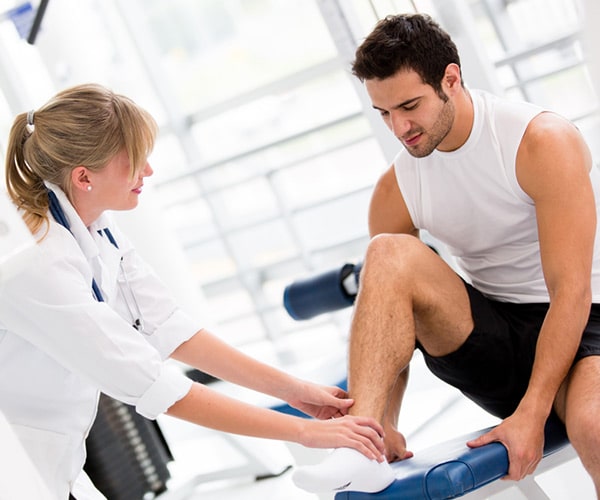
From minor "boo-boos" to more disabling injuries, certain parts of the body are particularly prone to sports injuries. If muscle tensions are recurrent during the season, sprains and tendonitis are also among the main sports injuries.
Ankles are often put to the test, whatever the activity. This joint plays a major role, as it transmits motion and forces. The ankle guarantees physical balance by receiving loads up to several times the body weight. In a previous article, we talked about this joint.
Trail running doesn't spare runners' ankles, and we've already explained how to relieve the aches and pains generated by this sport. To read that article, click here: Runners' ankles.
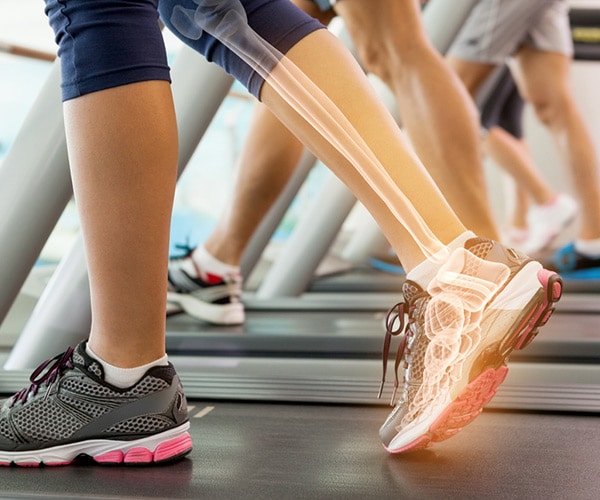
In the first instance, the most effective prevention is still toget to know yourself and listen to your body. Measure your efforts and respect your limits so that you can keep going over the long term in the best possible conditions. Hydrate sufficiently before, during and after each session. Don't neglect your warm-up, and make sure you have the right equipment.
Here are a few additional tips to help prevent sprains and tendonitis.
To complete the prevention process, use STIMCARE patches on your ankles. Whether you're looking to resume physical activity in complete safety, prepare for a major trail run or support an ankle weakened by previous sprains, patches offer a real solution. As a preventive measure, applying the patches helps you rebalance your posture and improve proprioception of the ankle in movement. Position the patches by following this tutorial and get back to training with peace of mind.
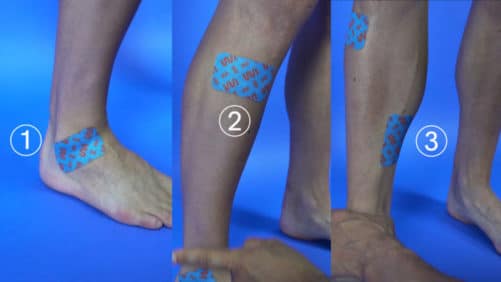
Simply apply the patch by following our tutorial videos, available in French only. here to guide you every step of the way.
If you have any questions about how to apply the patch, send your request to sante@stimcareonline.com. A therapist trained and certified to apply STIMCARE patches will take the time to answer your questions.

Tendons must also be protected to limit the risk of inflammation and recurrent tendonitis. See you again, follow this step-by-step video tutorialby applying patches on key points. Here again, the preventive action of STIMCARE patches enables you to quickly release tension, prevent inflammation from setting in and avert the risk of disturbance to the tendon zone.
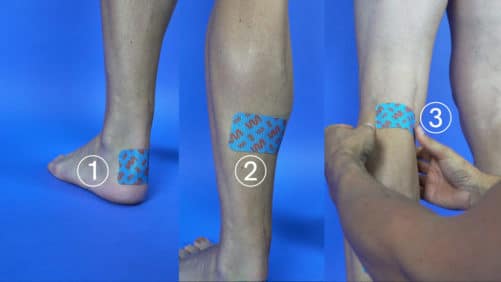
Whatever sport you practice, remember to maintain a suitable physical preparation ritual, always listen to your body and respect your limits, and finally, use STIMCARE patches to prevent the risk of injury and achieve your goals.

On the occasion of the French Full Contact Championships, we interviewed Rémi Senal, a fan of STIMCARE products.

A study of trail runners was carried out during two 21 6 kilometer races.
Measurement of subjective fatigue proprioception strength parameters before, during and after the trail to identify recovery effects
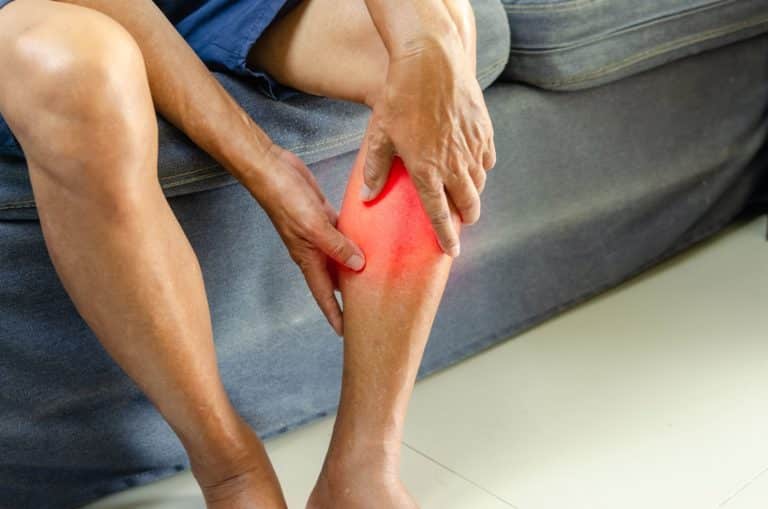
A muscle tear can be benign in the case of a strain, but can be more serious if the muscle is partially or totally torn. How to prevent and treat muscle tears We tell you more in this article.
Do you have any questions about using patches?
Stimcare - Tortel Industries, 2761 Les Rouvières, 26220 Dieulefit, France (excluding French overseas departments and territories)